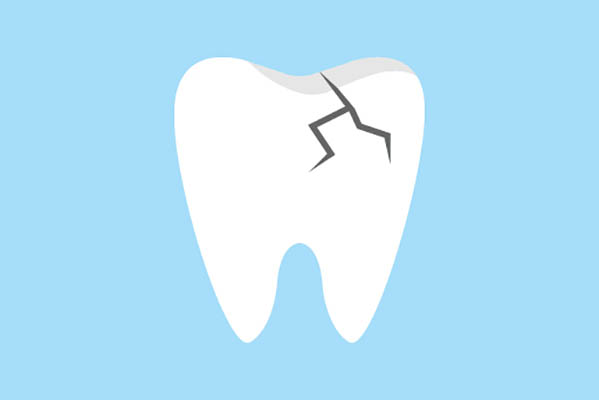3 Common Dental Restorations After Root Canal Therapy

Looking for root canal information? Understanding the root canal process is necessary for those who are in need of root canal therapy to improve their oral health. Part of the process is choosing a restoration option to protect the treated tooth from further damage, as lost teeth need to be replaced. Ready to find out more about three common restoration options?
About root canal therapy
Also known as endodontic treatment, root canals are performed in order to remove an infection in a tooth. The procedure requires a general dentist to remove the infected tissue from the tooth, which also often requires the removal of a portion of the tooth. This removal can make the tooth weaker, which is why it is essential for treated teeth to undergo a dental restoration to make the tooth stronger.
3 Dental restoration options
The list below delineates three common dental restorations that are used to make teeth stronger after one undergoes root canal therapy.
1. Dental crowns
Dental crowns are one of the more frequently used dental restorations for a tooth that has undergone the root canal process. There are a few different types of dental crowns patients can choose from, including metal crowns, all-ceramic crowns and metal-ceramic crowns. Dental crown placement is ideal to both support and protect a treated tooth, as well as helps to ensure that the tooth will not become infected again. With proper oral care, dental crowns tend to last somewhere between 15 and 25 years.
2. Dental inlays
A dental inlay is a type of dental restoration that goes inside of a tooth and helps to strengthen a tooth when a part of the tooth has been hollowed out. Dental inlays are bonded to a tooth and can be made using tooth-colored materials. Since many dental patients are concerned about how any dental restorations will look once placed in their mouth, patients are deciding to choose more natural-looking materials, like ceramic and porcelain.
3. Dental onlays
A dental onlay is a type of dental restoration that is placed over the cusps of a tooth with the goal of rebuilding the structure of the tooth in order to make it stronger. Dental onlays are cemented onto a tooth, allowing this dental restoration to become a large part of the tooth, giving it the durability it needs to stay in the mouth. When it comes to onlay material options, porcelain, gold and resin are three of the more commonly used materials.
In need of a dental restoration?
Is a root canal in your need future? The fact that root canals save teeth makes this dental treatment one that is often necessary. Now that the above information has been read, it is understood that a treated tooth needs to be restored after undergoing a root canal procedure. Since there are different restoration options, patients can discuss their choices with a general dentist, who will guide them in the right direction.
Request an appointment here: https://www.myddsny.com or call Inna Goykman-Amir DDS at (718) 416-6364 for an appointment in our Brooklyn office.
Check out what others are saying about our dental services on Yelp: Root Canal in Brooklyn, NY.
Related Posts
Root canal therapy can restore your oral health. The treatment aims to remove the tooth’s infection and stop the pain. Anything can cause dental pain. It may signal your need for endodontic treatment. If you want to know when a dentist would recommend root canal therapy, here are the details.Pain may indicate an immediate need…
If a dentist has told you that you need root canal treatment, it is usually because you have an infected tooth. Also known as endodontic therapy, root canal therapy can help to repair an infected tooth and save it from extraction. The procedure is relatively simple and involves getting rid of the infected material inside…
Root canal treatment is often successful at repairing and saving an infected or severely damaged tooth. A crown can be used to restore your tooth after the procedure. But it needs to be put in place at the right time. Read on to learn more about when you should get a crown after a root…
Practicing preventive dentistry is an effective way to establish good oral health. Strict personal oral hygiene practices result in fewer dental problems. Strengthening these practices with regular dental appointments makes preventive dental care even more efficient. Preventive dentistry becomes even more effective by avoiding some bad habits.This habit increases the risk of chipping teeth. It…


